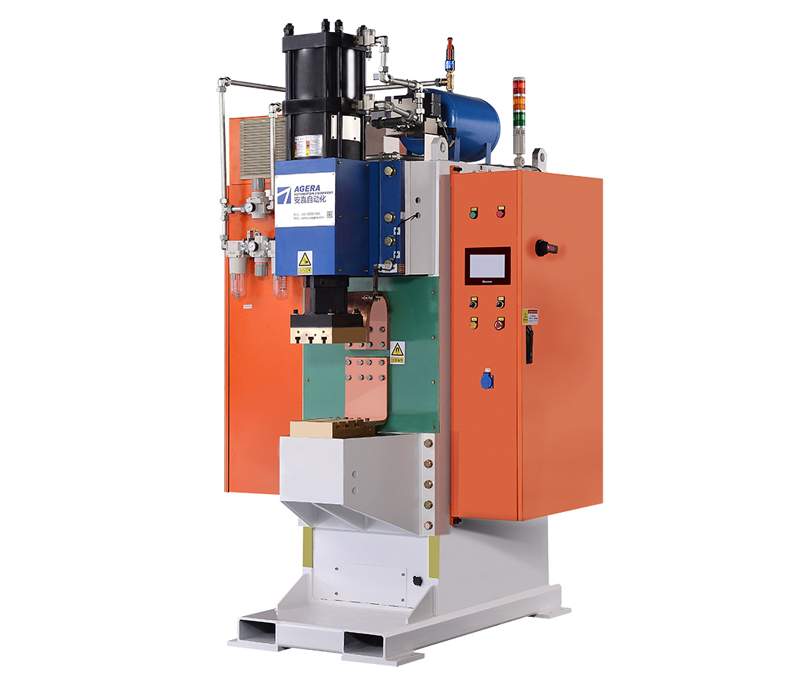Regular cleaning and inspection are essential practices to maintain the optimal performance and longevity of a capacitor discharge welding machine. This article provides a comprehensive overview of the steps involved in effectively cleaning and inspecting a capacitor discharge welding machine.
Capacitor Discharge Welding Machine Maintenance: Proper maintenance, including thorough cleaning and inspection, is crucial to ensure the reliable and safe operation of a capacitor discharge welding machine. The following steps outline the process:
- Power Off and Disconnection: Before initiating any cleaning or inspection, ensure that the welding machine is powered off and disconnected from the electrical supply. This step is critical for operator safety.
- Exterior Cleaning: Begin by cleaning the exterior surfaces of the machine using a soft cloth or brush. Remove dust, dirt, and debris from the control panel, switches, and buttons. Use a mild detergent if necessary, but avoid excessive moisture.
- Internal Cleaning: Carefully open the machine’s casing to access the internal components. Use compressed air or a soft brush to remove dust and debris from circuit boards, connectors, and cooling fans. Be gentle to avoid damaging sensitive components.
- Electrode and Cable Inspection: Inspect the electrodes and cables for signs of wear, damage, or corrosion. Replace any worn-out or damaged components to maintain optimal electrical conductivity and welding quality.
- Cooling System Check: Inspect the cooling system components, such as fans and radiators, to ensure they are clean and functioning properly. Overheating can lead to reduced performance and potential damage to the machine.
- Electrical Connections: Verify that all electrical connections, including terminals and connectors, are secure and free from corrosion. Loose connections can lead to inconsistent welding results.
- Safety Features: Test and confirm the functionality of safety features, such as emergency stop buttons and interlock systems. These features play a crucial role in operator safety.
- Grounding Inspection: Check the grounding connections to ensure proper grounding of the machine. A solid ground connection is essential for safety and effective electrical operation.
- Control Panel Calibration: If applicable, calibrate the control panel settings according to the manufacturer’s guidelines. Accurate settings contribute to precise and consistent welding results.
- Final Inspection: Once cleaning and inspection are complete, reassemble the machine and perform a final visual inspection. Ensure that all components are properly secured and that the machine is free from any potential hazards.
Regular cleaning and inspection are fundamental aspects of maintaining a capacitor discharge welding machine’s performance and safety. By following these detailed steps, operators can effectively prolong the machine’s lifespan, reduce downtime, and ensure consistent and high-quality welding outcomes. Proper maintenance practices contribute to a reliable and productive welding process.
Post time: Aug-11-2023



